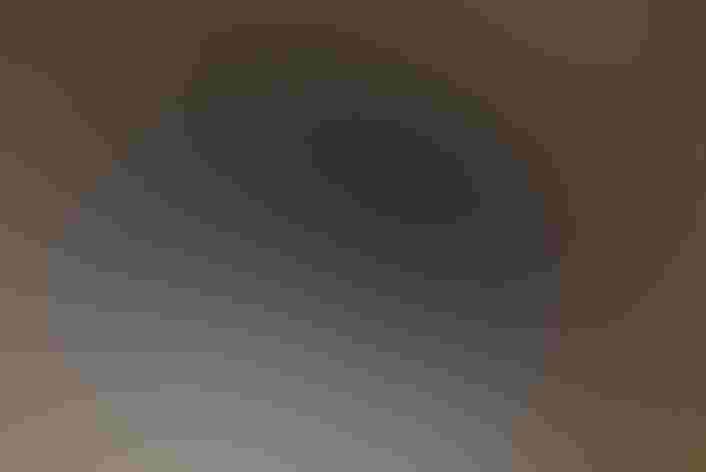King Rail
At a Glance
A chicken-sized marsh bird, the largest of our rails. Nesting in fresh-water marshes of the east, the King Rail has become an uncommon species as many wetlands have been drained. It remains locally common near the Atlantic and Gulf coasts, where it is not especially shy, often stalking about at the marsh edge in full view of observers. Closely related to the Clapper Rail, and may interbreed with it in zones where salt and fresh marshes meet.
All bird guide text and rangemaps adapted from Lives of North American Birds by Kenn Kaufman© 1996, used by permission of Houghton Mifflin Harcourt Publishing Company. All rights reserved.
Category
Chicken-like Marsh Birds, Rails, Gallinules, Coots
IUCN Status
Near Threatened
Habitat
Freshwater Wetlands, Lakes, Ponds, and Rivers
Region
Eastern Canada, Florida, Great Lakes, Mid Atlantic, New England, Plains, Southeast, Texas
Behavior
Direct Flight, Flushes, Running, Swimming
Population
69.000
Range & Identification
Migration & Range Maps
Withdraws from most of northern and inland part of range in winter. Apparently migrates at night.
Description
15-19" (38-48 cm). More richly colored than Clapper Rail. Flanks more sharply barred black and white; back feathers have warm buff edges; much reddish on wings. Habitat is a good clue (King in fresh water, Clapper in salt water), but they meet and sometimes interbreed in brackish marshes. Virginia Rail much smaller, with gray cheeks.
Size
About the size of a Crow, About the size of a Mallard or Herring Gull
Color
Black, Brown, Gray, Red, White, Yellow
Wing Shape
Broad, Rounded
Tail Shape
Short
Songs and Calls
A harsh, clattering kek-kek-kek-kek-kek, almost identical to that of Clapper Rail.
Call Pattern
Falling, Flat
Call Type
Chirp/Chip, Rattle, Trill, Yodel
Habitat
Fresh and brackish marshes, rice fields, swamps. Sometimes salt marshes in winter. Will use a variety of habitats with shallow fresh or brackish water and dense cover. Important plants include cattails, bulrushes, spartina, and others. May be in brushy swamps with many willows, or in flooded rice fields.
Sign up for Audubon's newsletter to learn more about birds like the King Rail
Behavior
Eggs
Usually 10-12, sometimes 6-14. Pale buff, lightly spotted with brown. Incubation is by both sexes, 21-23 days.
Young
Downy young leave nest a few hours after hatching. Both parents feed young; after about 3 weeks, young start to pick up much of their own food. While young are small, adults may brood them at simple nest platforms near where they hatched. Young are able to make short flights at about 9-10 weeks. May have two broods per year in south.
Feeding Behavior
Mostly forages in shallow water, in or close to dense marsh cover. Large items (such as big crayfish or crabs) may be carried to solid ground and dismembered before being eaten.
Diet
Mostly insects and crustaceans. Diet includes many aquatic insects, especially beetles. Eats many crayfish and crabs, and sometimes many small fish. Also eats snails, clams, grasshoppers, frogs, spiders, and seeds of aquatic plants.
Nesting
In courtship, male walks about with tail raised, showing off white under tail coverts. Male may feed female. Nest site is in a clump of grass or sedges, usually about a foot above water or land. Nest (apparently built mostly by male) is a solid platform of grass, sedges, other marsh plants, with a canopy woven over the top and a ramp leading down from the entrance. Additional simpler nest platforms may be built nearby.
Conservation
Conservation Status
Has declined or disappeared in many areas because of loss of habitat. Also hurt by runoff of farm chemicals into wetlands. Numbers may be stable now at lowered population.
Climate Threats Facing the King Rail
Choose a temperature scenario below to see which threats will affect this species as warming increases. The same climate change-driven threats that put birds at risk will affect other wildlife and people, too.






